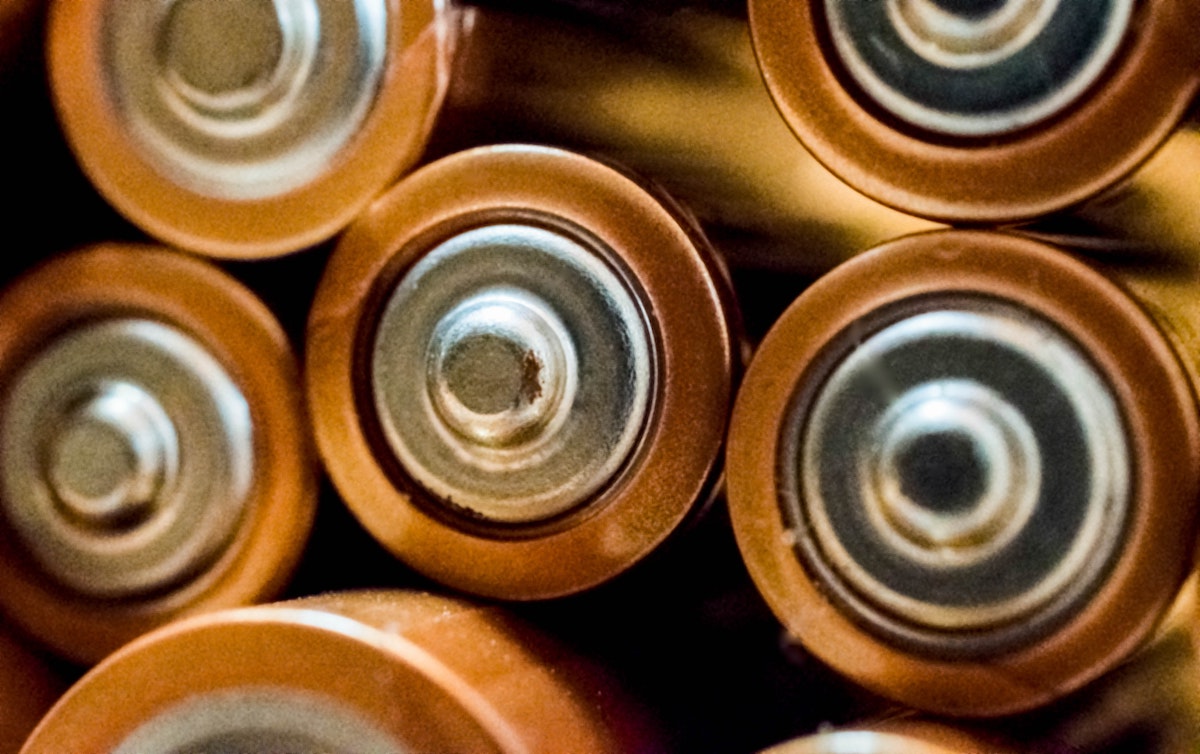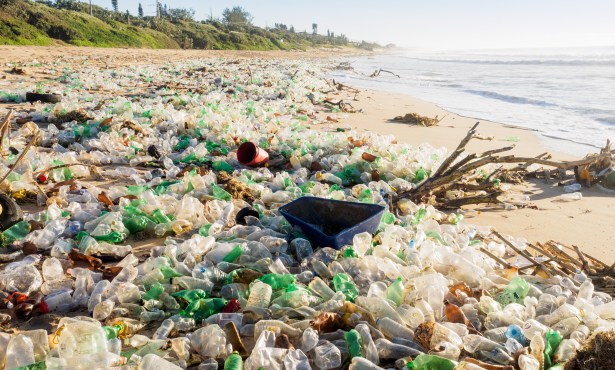The Battery Storage Challenge Is Being Solved
Researchers Are Using Less Costly, More Abundant, and Environmentally Benign Materials in Battery Innovation

Using electricity rather than fossil fuels to power our world offers many pluses, especially since electricity is increasingly being produced from the sun, wind, ocean currents and tides. Microgrids and sophisticated software monitoring power needs and providing instantaneous switching are making communities even less dependent on fossil fuels for peak demand periods. Battery storage is the key component that will enable us to get to 100 percent clean electricity. One of the biggest obstacles in this trajectory is the limited, costly, and environmentally damaging mining of lithium, nickel, and cobalt — all of which are used in the manufacture of batteries.
A lot of research is going into making batteries using other, more abundant materials with fewer of the drawbacks of current batteries, namely, flammability and spiky dendrites. The spikes are caused when batteries are charged too quickly and result in shortening the battery’s life.
One international team is getting results using aluminum as one of the electrodes and sulfur as the other with a common salt as the electrolyte. The 230-degree Fahrenheit temperature required to melt the salt and run the battery can be generated internally by normal charging and discharging cycles — charging from the sun during daylight and discharging after dark when electricity is needed. The scientists estimate that the cost will be 12-16 percent of today’s lithium-ion batteries.
Sign up for Indy Today to receive fresh news from Independent.com, in your inbox, every morning.
In Finland, a functioning sand battery seems to solve the problem of year-round green energy for heat. It works by heating sand (100 tonnes) in an insulated silo using electric-resistant heat produced from surplus wind and solar energy. The sand heats up to almost 1,000 degrees Fahrenheit and maintains this temperature for months until demand and energy prices are high. When needed, air flows through a heat exchanger in the sand to extract the heat for use in a district (neighborhood) heating system or for industries that use a lot of heat like food and beverage processing. The town of Kankaanpää is using the first commercial installation of a sand battery.
Researchers at the University of Cambridge have developed a battery system with a non-toxic form of blue-green algae (Synechocystis) that takes in solar energy by photosynthesis. They have used it to power a microprocessor of a computer for more than six months. It is biologically based, produces renewable energy, and multiplies naturally, making it easily scalable. The device does not require any inputs other than sunlight.
Another solution gaining traction is to produce hydrogen from excess renewable electricity and store it until electricity demand is high and renewable generation low.
These are a few of the storage innovations that are likely to be part of the ensemble of processes that get us to our mid-century, carbon-neutrality goal.
Support the Santa Barbara Independent through a long-term or a single contribution.



